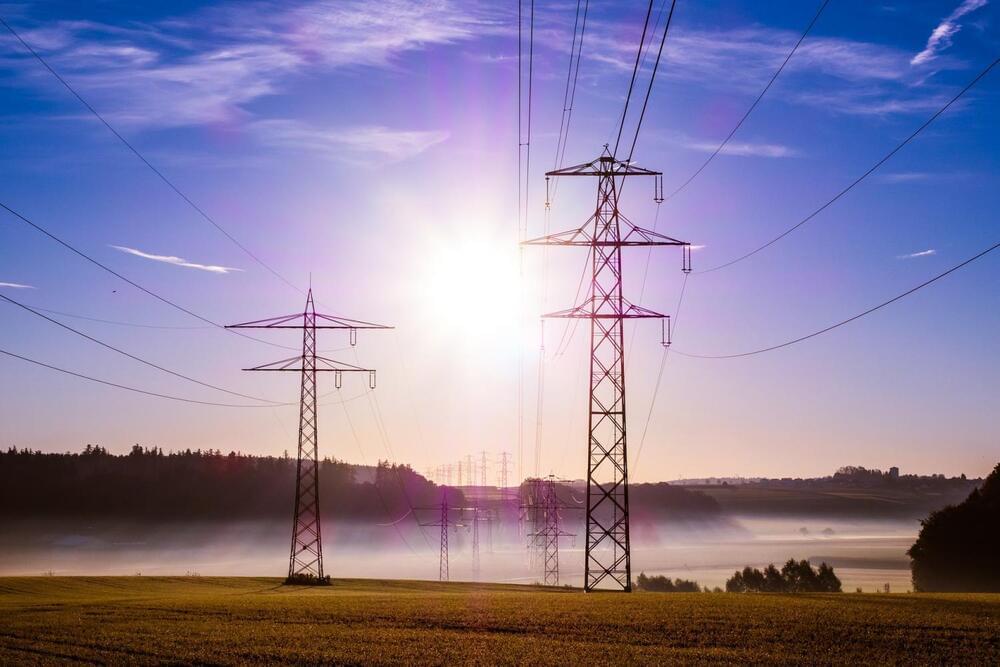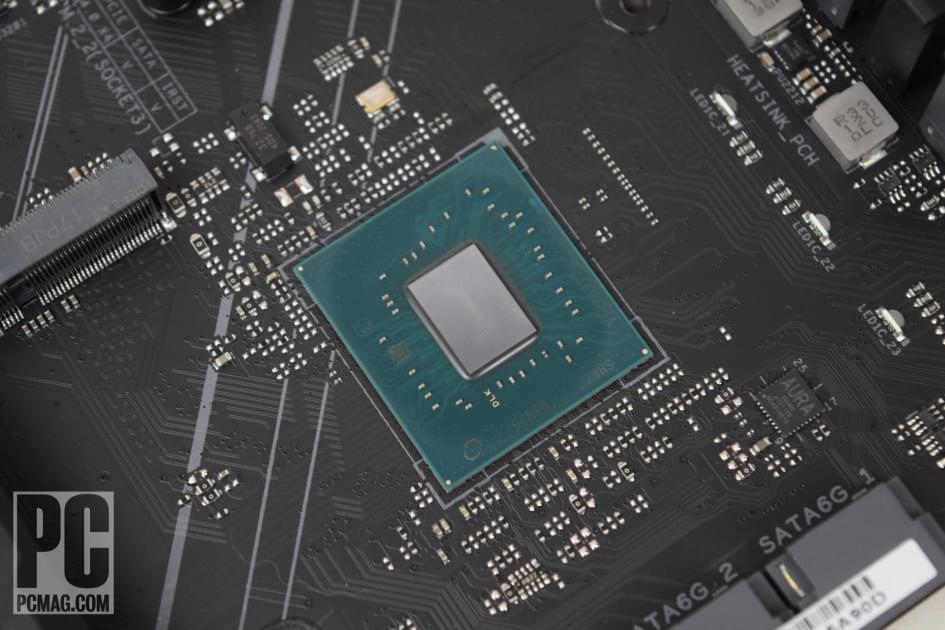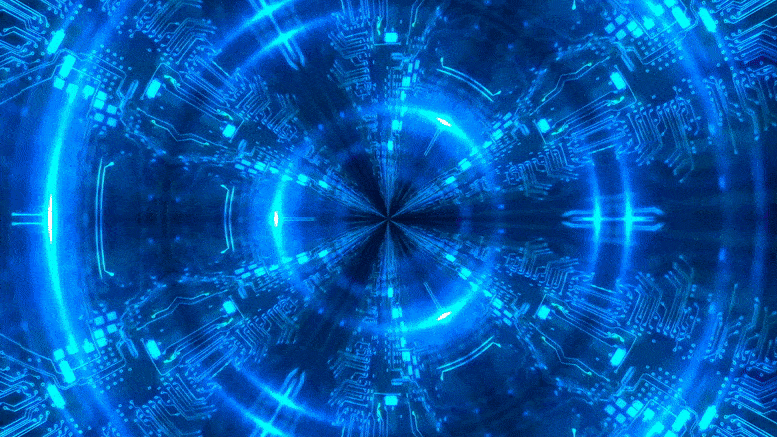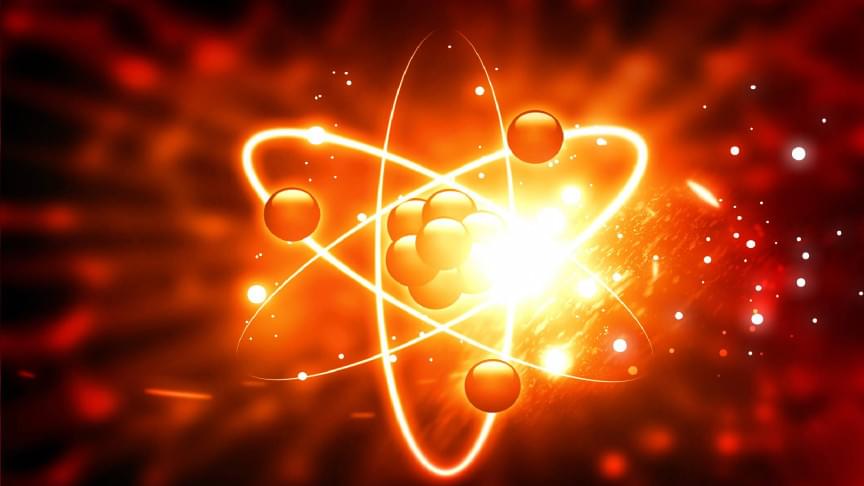NVIDIA’s recent AI innovation GuaGAN2 allows users to use simple shapes and words to generate photorealisting images in real time.
Category: innovation – Page 162

Why Did the Industrial Revolution Start in Britain?
T turns out Britain was ripe for the birth of the Industrial Revolution.
Why did the Industrial Revolution begin in Britain? Was it because they are particularly ingenious and industrial people or just a happenstance of history?
Various theories have been proposed over time, but which, if any, hit the nail on the head?
Let’s take a look at one particularly interesting one.
What was the Industrial Revolution? The Industrial Revolution is widely accepted to have occurred between the 1760s and the First World War. It was a period of time marked by massive technological, socioeconomic, and geopolitical changes across the world.
Throughout this period of time, society transitioned from a larger agrarian and handicraft economy to one dominated by industry and machine-based fabrication. Technological innovation throughout the period changed many aspects of life and work beyond all recognition.
Full Story:

Accelerated renewables-based electrification paves the way for a post-fossil future
Cost-slashing innovations are underway in the electric power sector and could give electricity the lead over fossil-based combustion fuels in the world’s energy supply by mid-century. When combined with a global carbon price, these developments can catalyze emission reductions to reach the Paris climate targets, while reducing the need for controversial negative emissions, a new study finds.
“Today, 80 percent of all energy demands for industry, mobility or heating buildings is met by burning—mostly fossil—fuels directly, and only 20 percent by electricity. Our research finds that relation can be pretty much reversed by 2050, making the easy-to-decarbonise electricity the mainstay of global energy supply,” says Gunnar Luderer, author of the new study and researcher the Potsdam Institute for Climate Impact Research. “For the longest time, fossil fuels were cheap and accessible, whilst electricity was the precious and pricier source of energy. Renewable electricity generation—especially from solar photovoltaics—has become cheaper at breath-taking speed, a pace that most climate models have so far underestimated. Over the last decade alone prices for solar electricity fell by 80 percent, and further cost reductions are expected in the future. This development has the potential to fundamentally revolutionize energy systems.


Breakthrough “Smoking Gun” Discovery in Power Consumption in Electronic Devices
In a new FLEET theoretical study published recently in Physical Review Letters, the so called ‘smoking gun’ in the search for the topological magnetic monopole — also known as the Berry curvature — has been found.
The discovery is a breakthrough in the search for topological effects in non-equilibrium systems.
The group, led by UNSW physicist and Associate Professor, Dimi Culcer, identified an unconventional Hall effect, driven by an in-plane magnetic field in semiconductor hole systems that can be traced exclusively to the Berry curvature.


China has a missile that was previously thought impossible, report claims
China has tested a weapon that was previously thought impossible, according to a new report.
The hypersonic weapon test saw the country fire a missile from another spacecraft that was already flying at least five times the speed of sound, the report claimed. Such technology was previously thought impossible and US experts are unsure how China was able to actually conduct the test, it said.
Though the test happened in July, and was reported closer to the time, the nature of the breakthrough was first revealed in a new report from the Financial Times. The paper reported that experts have been poring through data in an attempt to understand how China was able to build the technology – as well as what exactly the missile was intended to do.
In World First, Scientists Turn Carbon Dioxide Back Into Coal
When it comes to carbon capture and storage, researchers have been getting creative by turning carbon dioxide into everything from carbon monoxide (CO) for the use in industrial processes to oxalic acid for processing rare earth elements. Now, it seems they are going back to its source, turning it into solid coal.
In a world-first breakthrough, a research team led by RMIT University in Melbourne, Australia developed a technique that can convert CO2 back into particles of carbon, decreasing pollution by removing greenhouse gases from our environment.
The solution offers a more viable approach than many of today’s carbon capture and storage systems that compress CO2 into a liquid form with the aim of injecting it underground. These approaches have many technical and safety issues and are also very costly.


Correlation of SARS-CoV-2-breakthrough infections to time-from-vaccine
The short-term effectiveness of a two-dose regimen of the BioNTech/Pfizer mRNA BNT162b2 severe acute respiratory syndrome coronavirus 2 (SARS-CoV-2) vaccine was widely demonstrated. However, long term effectiveness is still unknown. Leveraging the centralized computerized database of Maccabi Healthcare Services (MHS), we assessed the correlation between time-from-vaccine and incidence of breakthrough infection between June 1 and July 27, the date of analysis. After controlling for potential confounders as age and comorbidities, we found a significant 1.51 fold (95% CI, 1.38−1.66) increased risk for infection for early vaccinees compared to those vaccinated later that was similar across all ages groups. The increased risk reached 2.26-fold (95% CI, 1.80−3.01) when comparing those who were vaccinated in January to those vaccinated in April. This preliminary finding of vaccine waning as a factor of time from vaccince should prompt further investigations into long-term protection against different strains.
The duration of effectiveness of SARS-CoV-2 vaccination is not yet known. Here, the authors present preliminary evidence of BNT162b2 vaccine waning across all age groups above 16, with a higher incidence of infection in people who received their second dose early in 2021 compared to later in the year.